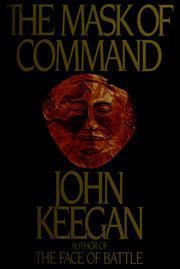What do you think?
Rate this book


368 pages, Hardcover
First published January 1, 1987
For the next two hours he was engaged at close range to the French in deploying his battalions, hurrying forward reinforcements, siting his artillery positions and, at one moment, galloping to escape French cavalry. He just won the race, jumping the bayonets of the 92nd Gordon Highlanders (‘Ninety-second, lie down!’) to land out of reach of the French lances.
In 1861, on the eve of the Civil War, Grant, aged thirty-nine, with four children at home and scarcely a penny in the bank, had made no mark on the world and looked unlikely to do so, for all the boom conditions of mid-century America. His Plymouth Rock ancestry, his specialist education, his military rank, which together must have ensured him a sheltered corner in the life of the Old World, counted for nothing in the New. He lacked the essential quality to be what Jacques Barzun has called a “booster,” one of those bustling, bonhomous, penny-counting, chance-grabbing optimists who, whether in the frenetic commercial activity of the Atlantic coast, in the emergent industries of New England and Pennsylvania or on the westward-moving frontier, were to make America’s fortune. Grant, in his introspective and undemonstrative style, was a gentleman, and was crippled by the quality.